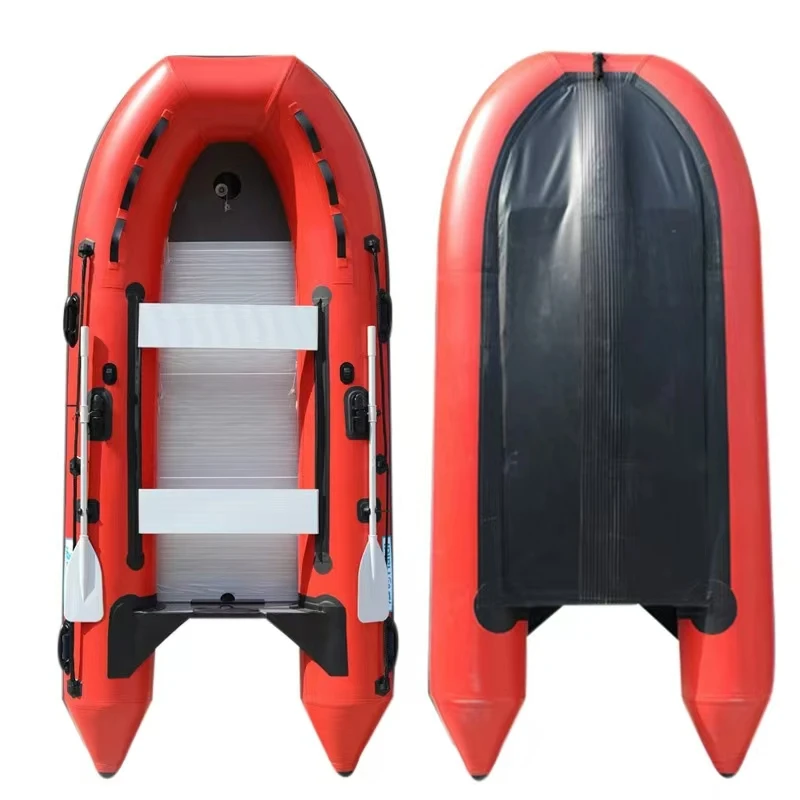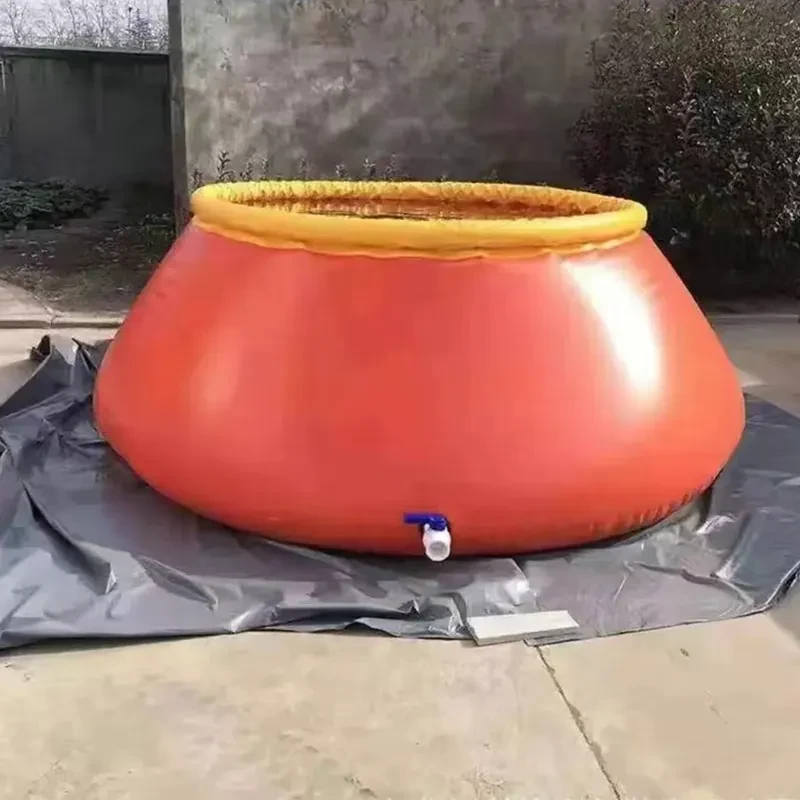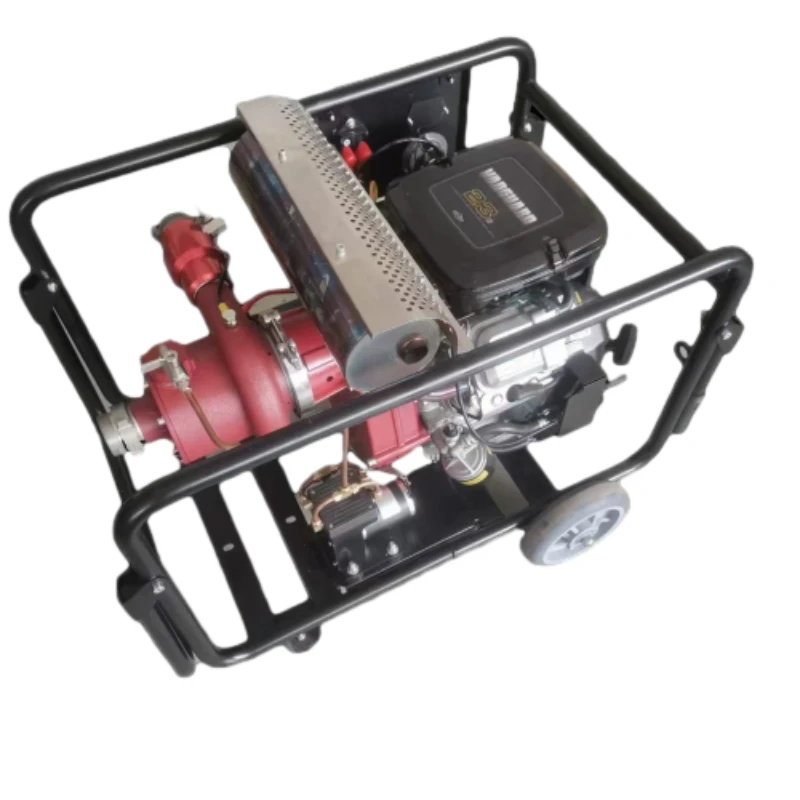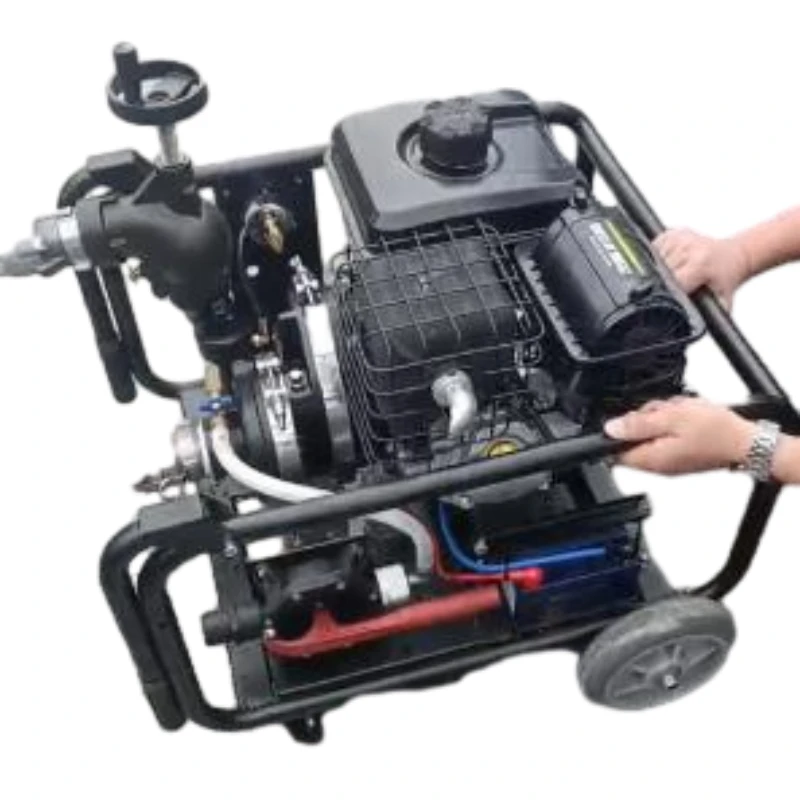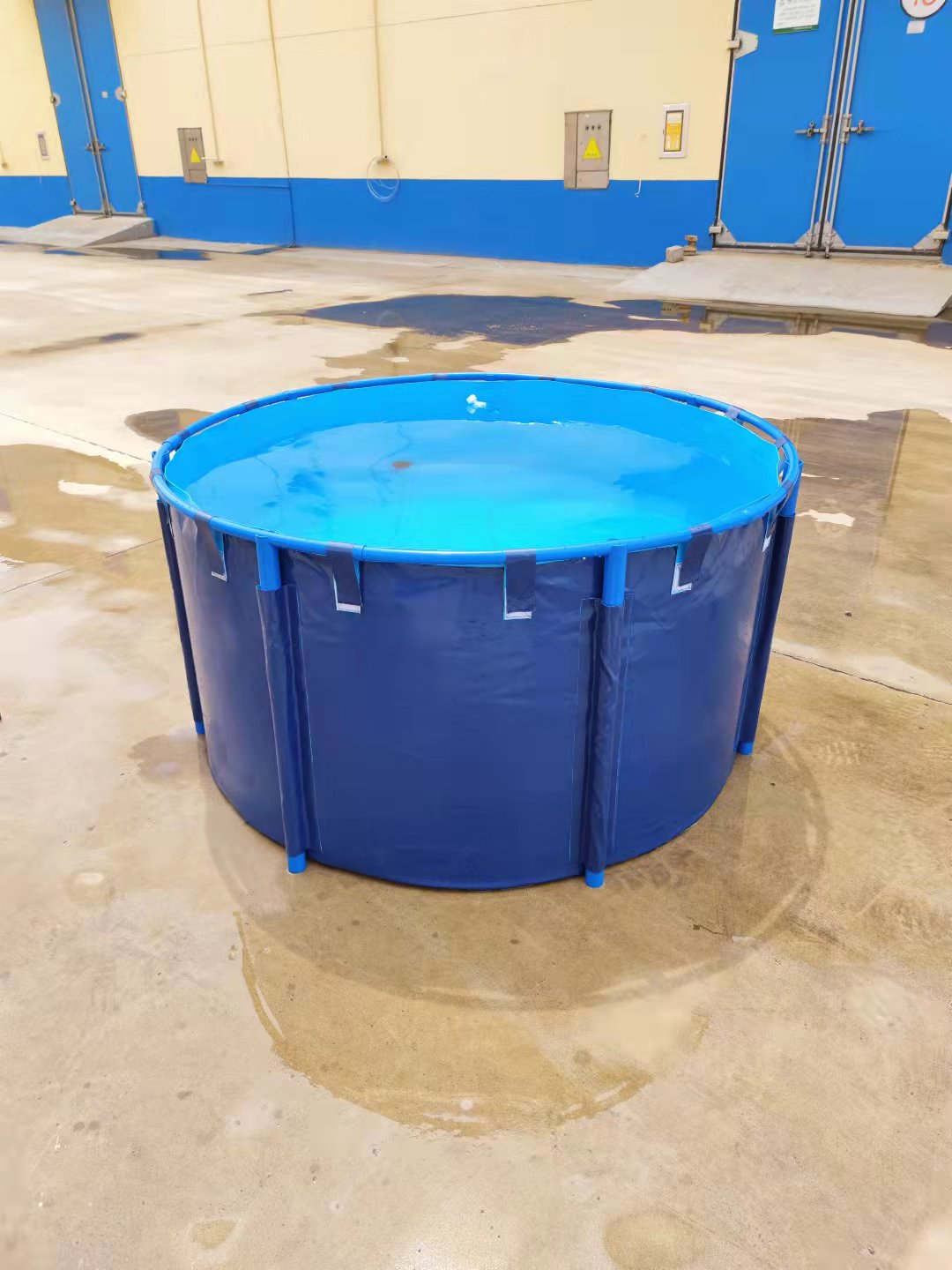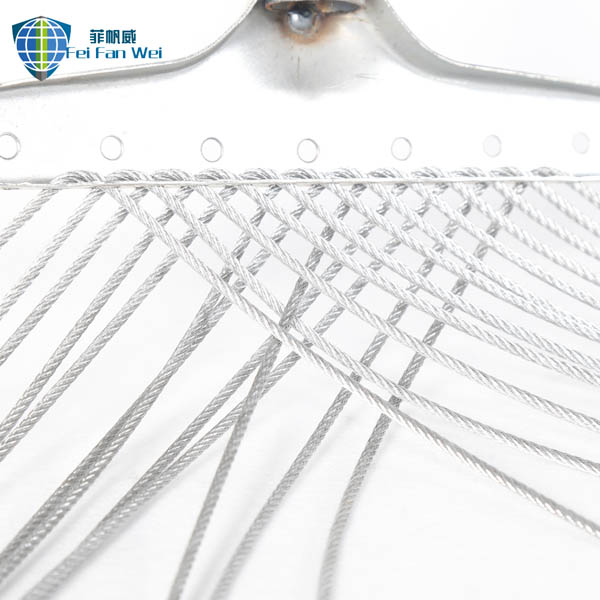Proper maintenance of water hose winders is essential for ensuring their longevity, functionality, and efficiency. Whether you’re managing a commercial landscape, maintaining a large agricultural operation, or overseeing municipal green spaces, a well-maintained hose winder saves time, reduces replacement costs, and ensures seamless water distribution. This article outlines practical maintenance strategies for four key types of hose winders: hose winder, 水管卷绕器, hose reel winder, 和 garden hose winder. By following these guidelines, users can maximize the lifespan and performance of their equipment.
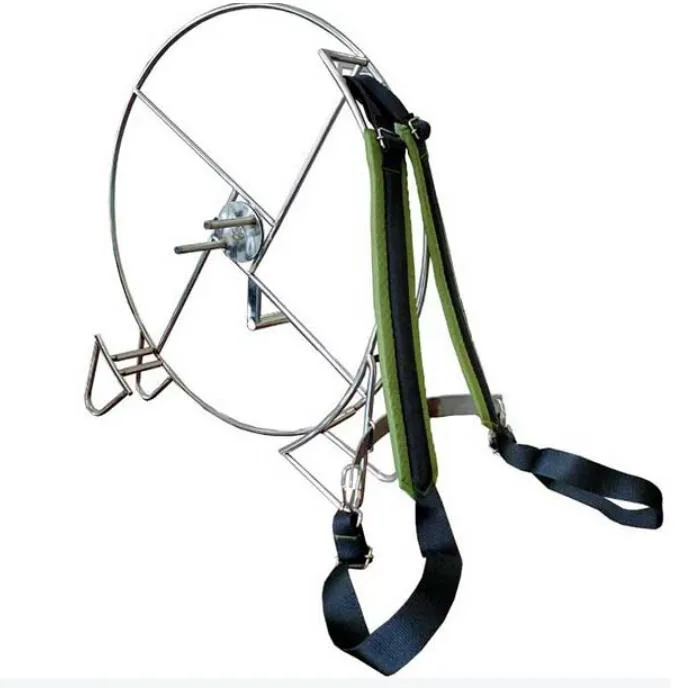
Hose Winder Maintenance Essentials
A hose winder is a versatile tool designed to store and deploy hoses efficiently. To keep it in optimal condition, regular inspections and cleaning are critical. Start by checking the frame and mounting brackets for signs of rust, cracks, or loose bolts. Tighten any loose hardware immediately to prevent structural instability.
Lubrication is another key step. Apply a silicone-based lubricant to the rotating components, such as the crank handle and axle, to reduce friction and ensure smooth operation. Avoid petroleum-based lubricants, as they can attract dust and debris.
For retractable models, inspect the spring mechanism for tension consistency. If the hose retracts sluggishly, the spring may need adjustment or replacement. Always follow the manufacturer’s guidelines for spring tension specifications.
Finally, store the hose winder in a dry, shaded area when not in use. Prolonged exposure to sunlight or moisture can degrade materials like plastic or untreated metal.
Water Hose Winder Care for Optimal Performance
A 水管卷绕器 is specifically designed to handle water hoses, making it prone to moisture-related wear. After each use, drain any residual water from the hose and winder. Trapped water can lead to mold growth, corrosion, or freezing damage in colder climates.
Inspect the hose guide and rollers for mineral deposits or algae buildup, especially if used with hard water. Clean these components with a mild vinegar solution to dissolve deposits without damaging surfaces. For metal parts, apply a rust-resistant coating annually.
Pay attention to the hose connection point. Over-tightening the hose can strip threads, while under-tightening may cause leaks. Use thread seal tape to ensure a secure fit and replace worn washers promptly.
If your 水管卷绕器 includes a pressure regulator, test it periodically to ensure it maintains consistent water pressure. Sudden pressure spikes can strain both the winder and the hose.
Hose Reel Winder Upkeep to Prevent Wear and Tear
这 hose reel winder combines a reel and crank system for compact hose storage. Its moving parts require meticulous care. Begin by examining the reel drum for cracks or warping, which can occur if the hose is wound too tightly or under heavy loads.
Check the crank handle’s alignment. Misalignment can cause uneven winding, leading to hose kinks or reel jams. If the handle wobbles, tighten the central axle nut or replace worn bearings.
For models with automatic rewind features, test the retraction speed regularly. Slow retraction often indicates a worn spring or tangled hose. Clear obstructions and lubricate the recoil mechanism as needed.
Avoid overloading the hose reel winder with hoses longer or heavier than its capacity. Excess weight strains the reel and may deform the frame.
Garden Hose Winder Storage and Seasonal Tips
A garden hose winder is frequently exposed to dirt, UV rays, and temperature fluctuations. After gardening sessions, wipe down the winder to remove soil and organic debris. These materials can trap moisture and accelerate corrosion.
Before winter, disconnect the hose and drain the garden hose winder completely. Store it indoors or in a weatherproof cover to prevent freezing damage. If left outdoors, elevate the winder to avoid ground moisture.
In spring, inspect UV-exposed components like plastic cranks or rubber seals for brittleness or cracking. Replace deteriorated parts to maintain functionality.
For portable garden hose winder, ensure wheels are clean and rotate freely. Lubricate axles and check tire pressure (if applicable) to ease mobility.
FAQs About Hose Winder Maintenance
How do I prevent my hose winder from rusting?
Apply a rust-inhibiting spray to metal components quarterly. Store the unit in a dry location and address chipped paint promptly to seal exposed metal.
Can a water hose winder handle high-pressure hoses?
Yes, but verify the manufacturer’s pressure rating. Exceeding this limit may damage the winder’s internal mechanisms or hose connectors.
Why does my hose reel winder jam during retraction?
Jams often result from hose kinks, debris in the guide track, or a misaligned spring. Inspect and clear the path before retracting the hose.
Should I disassemble my garden hose winder for cleaning?
Partial disassembly (e.g., removing the crank or reel) is recommended for deep cleaning. Refer to the user manual to avoid damaging internal parts.
How long will a hose winder last with proper care?
High-quality units can last 10–15 years. Regular maintenance, such as lubrication and rust prevention, significantly extends lifespan.
Maintaining hose winder, 水管卷绕器, hose reel winder, 和 garden hose winder requires consistent effort but pays dividends in reliability and cost savings. By adhering to these guidelines—regular inspections, lubrication, proper storage, and seasonal care—users can ensure their equipment remains functional for years. As a manufacturer specializing in bulk orders, we prioritize durability and ease of maintenance in our designs, ensuring our products meet the demands of large-scale operations. Invest in routine care today to avoid costly replacements tomorrow.









